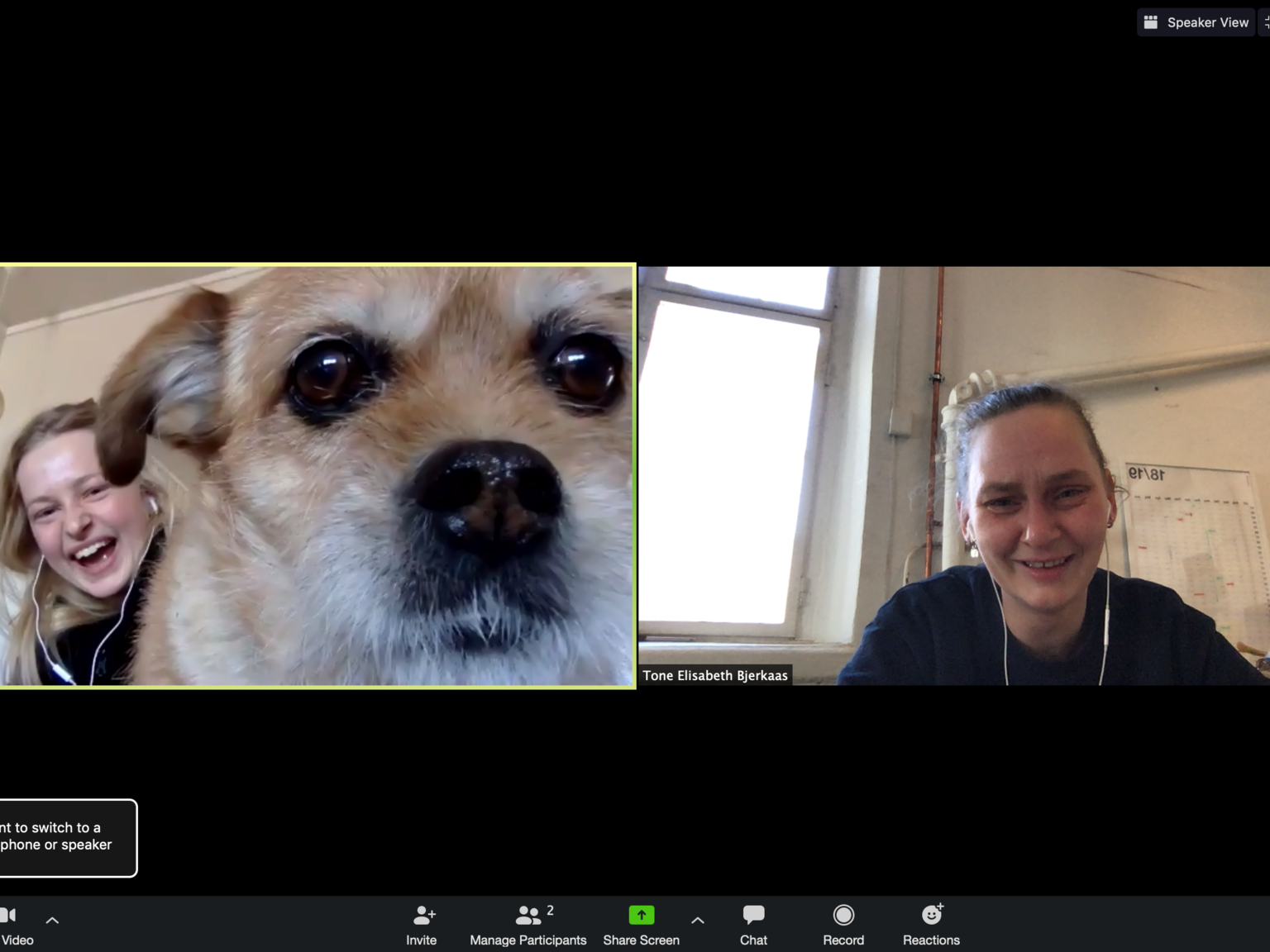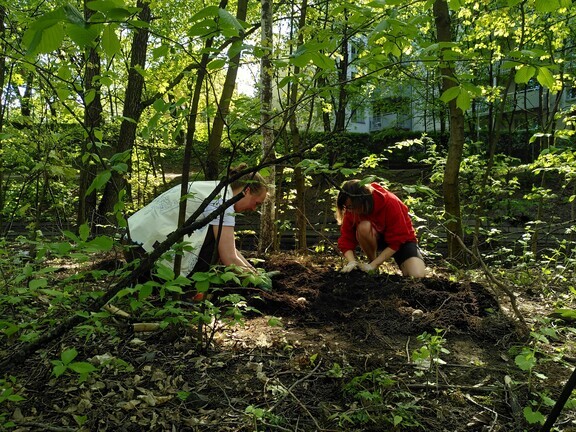
Studying at KHiO 2020: Design
Name: Tone Elisabeth Bjerkaas
Programme: Master's in Design
What has it been like to study at KHiO?
The last few years have been inspiring and educational – and they’ve just zipped by! I’ve been involved in many different projects and tried to engage myself broadly in the field of art and design. I have for instance participated in the Connecting Wool research project, where we explored the possibilities and potential of Norwegian wool. Because of this project I’ve gotten to know many others who, like me, are deeply fascinated by sheep and especially their wool.
What is your key takeaway from KHiO?
I took my Bachelor’s degree at the Rietveld Academie in Amsterdam, so one of the most important things for me when I began studying at KHiO was to get to know the art and design community in Norway. The workshops at KHiO are tremendously well equipped, so I will miss having access to so many different tools and techniques – having such high-quality machinery really benefits your work.
Tell us about your graduation project.
My Master’s project was titled Fashion Farm and took its starting point from a family farm I inherited in 2018 when my father passed away. The project is multi-faceted, which farming often is, and includes several different initiatives that pertain to designing clothes but also to constructing stools and planting potatoes. I’ve used old tablecloths, linen and embroidery from the farm for my fashion collection – many of these textiles were handmade by my grandma. The design for the stools I constructed is based on stools that my granddad used to make from surplus materials. I made a DIY stool kit from surplus materials from Fellesverkstedet. The potatoes I planted here in Oslo are the same potatoes I inherited from my father and cultivated on the farm for two seasons after he died.
Already at the admissions interview for the Master’s programme, I proclaimed my ambition to become a self-sufficient clothes designer. This is clearly a dream scenario, but nonetheless a concept I’ve managed to hold on to throughout my work. I haven’t purchased any materials for art I’ve made while studying at KHiO! Given the coronavirus pandemic, this has become an ever-more current topic for creators, especially when access to materials from abroad is problematic.
Collaboration is an essential element of my practice, and I feel that all ideas and projects are elevated to a higher level when several heads and hands are involved.
And now what?
I want to return to Northern Norway – I want to go home to Tromsø and be closer to my farm on Dyrøya. My plan is to set up a design studio in Tromsø, which will then allow me to be on the farm more or less throughout the entire summer half of the year. Because of the pandemic and people working from home, we’ve seen that our geographic location doesn’t matter all that much and that you can always get your work done. So my view is that it’s possible to collaborate with my network in Oslo, no matter where in Norway I end up this autumn. I hope to be a resource for the cultural sector in my home town and create things with my network up there.
Read
Malin Kristine Graesse, PhD candidate in art history at the University of Oslo, on Tone Elisabeth Bjerkaas’s project: Farm, Farming; Farmer: Thinking about design in the fringes
The Corona Cohort, final-year students from each of our six departments talk about their experiences this unusual spring and discuss their thoughts on the role of the artist. (English version will soon be updated.)
Graduation 2020: Bachelor's og Master's in design

